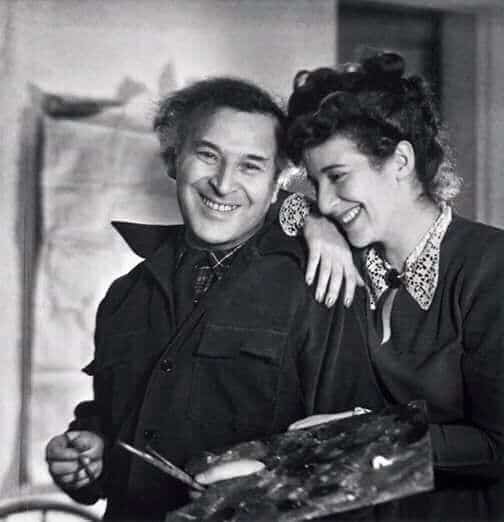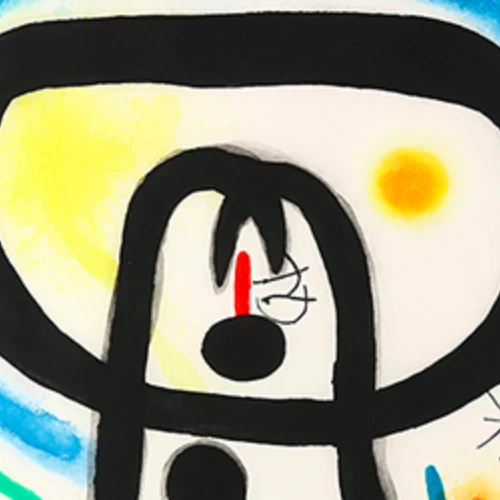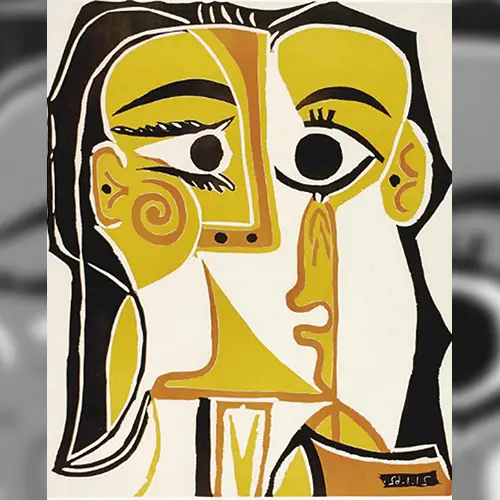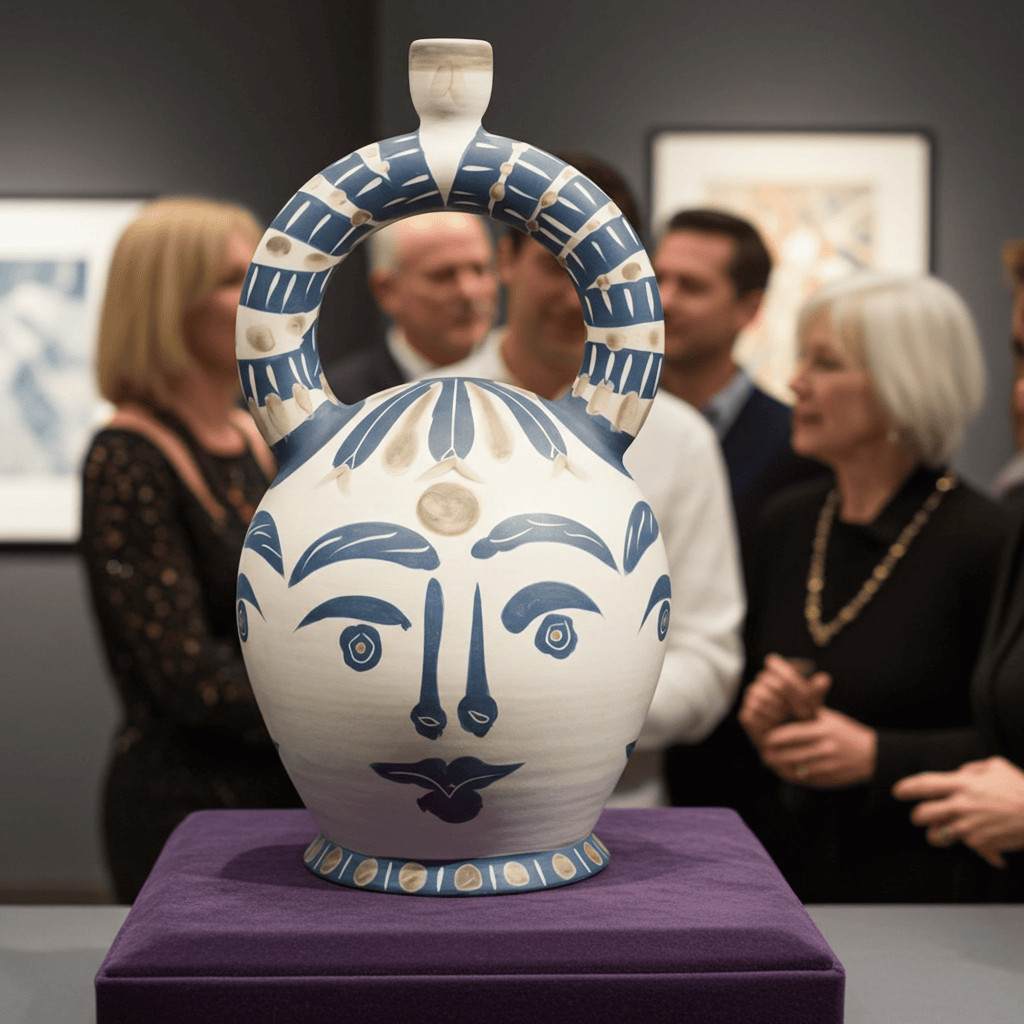
Ida Chagall, born on September 18, 1911, was a remarkable woman whose life was deeply intertwined with the world of art and culture. She is best known for being the daughter of the renowned Russian-French artist Marc Chagall, but her own contributions and experiences are equally significant.
Early Life and Family
Ida was born in Vitebsk, Russia, where her father Marc Chagall was already gaining recognition as a talented painter. Growing up in a creative environment, she was exposed to art from a young age. Her mother, Bella Rosenfeld, was a source of inspiration for Marc and featured prominently in many of his paintings. The family's life in Vitebsk was marked by the tumultuous events of the Russian Revolution, which had a lasting impact on Ida.
Escape to Paris
In 1923, the Chagall family made a pivotal decision to move to Paris, a city renowned for its vibrant art scene. This move would prove instrumental in shaping Ida's future. In Paris, she continued her education and developed a keen interest in literature and the arts. She immersed herself in the cultural melting pot of the city, rubbing shoulders with some of the most influential artists of the time.
Marriage to Michel Gordey
In 1935, Ida Chagall married Michel Gordey, a talented musician. Their union brought together two families deeply rooted in the arts. Michel's family included celebrated musicians and composers, further enriching Ida's artistic milieu. This marriage not only enhanced her personal life but also expanded her horizons within the art world.
World War II and Resistance
During World War II, Ida Chagall and her husband Michel were active members of the French Resistance. They courageously fought against the Nazi occupation of France, risking their lives to support the Resistance movement. This period of their lives was marked by danger and sacrifice, but it also showcased their unwavering commitment to freedom and justice.
Post-War Period and Legacy
After the war, Ida Chagall continued to be a beacon of cultural engagement and activism. She was passionate about preserving her father's artistic legacy and worked diligently to promote his works worldwide. She organized exhibitions, wrote extensively about his art, and played a pivotal role in establishing the Chagall Museum in Nice, France.
Ida's tireless efforts to promote her father's art led to widespread recognition and appreciation of Marc Chagall's work. She ensured that his paintings, characterized by their dreamlike and whimsical qualities, reached a global audience. Her dedication to preserving her family's artistic heritage has left an indelible mark on the art world.
Ida Chagall's life was a remarkable journey through the world of art, culture, and activism. From her early days in Vitebsk to her involvement in the Resistance during World War II and her enduring commitment to her father's legacy, she made significant contributions to both the art world and the fight for justice. Ida Chagall's story is a testament to the enduring power of art and the indomitable spirit of those who dedicate their lives to preserving and promoting it. Her legacy continues to inspire art enthusiasts and activists around the world.




